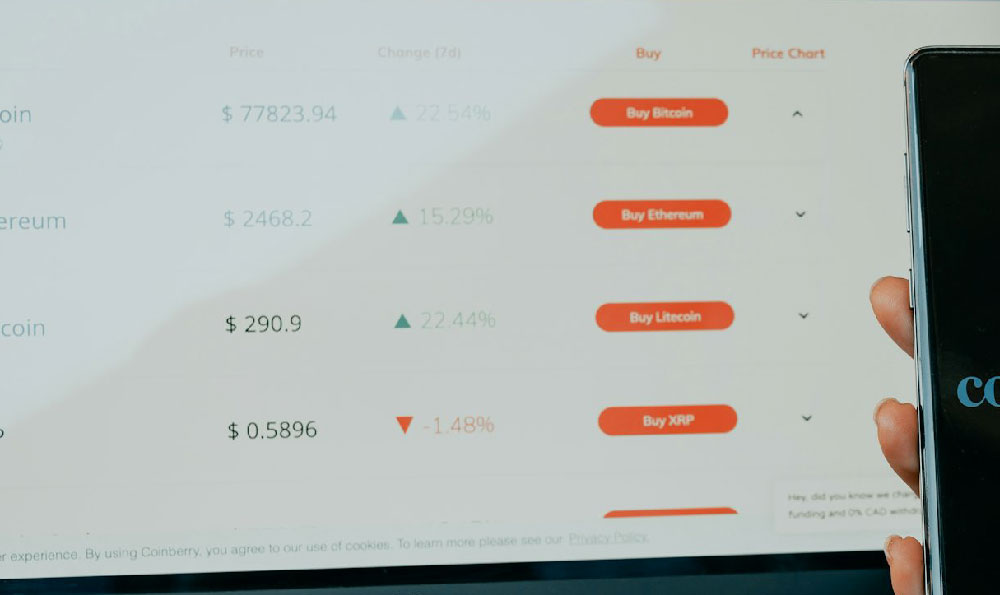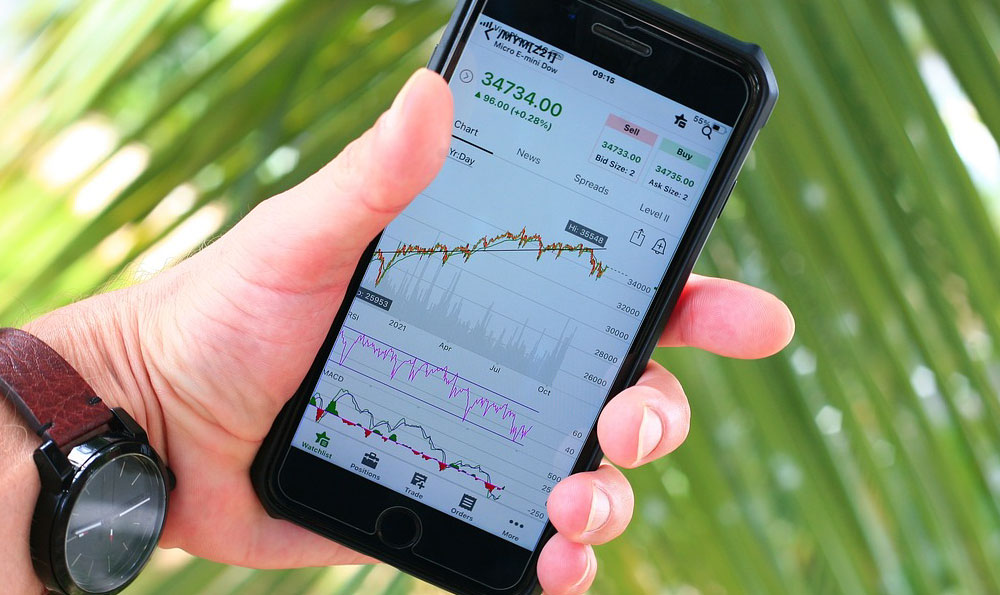Investing in treasury bonds can be a cornerstone of a diversified and stable investment portfolio, offering relatively low risk and predictable income. However, navigating the world of treasury bonds can seem daunting, especially for beginners. Understanding the different types of treasury bonds, how to purchase them, and the factors influencing their yields is crucial for making informed investment decisions. Let's delve into the intricacies of treasury bond investing and provide a clear roadmap for getting started.
Treasury bonds, in their simplest form, are debt securities issued by the U.S. government to finance its operations. Because they are backed by the full faith and credit of the U.S. government, they are considered among the safest investments available. This backing significantly reduces the risk of default, making them particularly attractive to risk-averse investors. There are several types of treasury securities, each with varying maturities and characteristics. Treasury bills (T-bills) are short-term securities with maturities of a few days to 52 weeks. Treasury notes (T-notes) have maturities of 2, 3, 5, 7, or 10 years. Treasury bonds (T-bonds) have the longest maturities, typically 20 or 30 years. Treasury Inflation-Protected Securities (TIPS) are designed to protect investors from inflation, as their principal is adjusted based on changes in the Consumer Price Index (CPI). Finally, Savings Bonds are non-marketable securities designed for long-term savings, and are often purchased for college savings or other long-term goals.
Before diving into the specifics of purchasing, it's essential to understand the fundamental reasons for including treasury bonds in your investment portfolio. One primary reason is diversification. Treasury bonds tend to perform differently than stocks and other asset classes. During periods of economic uncertainty or market volatility, investors often flock to the safety of treasury bonds, driving up their prices and potentially offsetting losses in riskier investments. This inverse correlation can help reduce overall portfolio risk and smooth out investment returns over time. Another key benefit is the consistent income stream. Treasury bonds pay interest semi-annually, providing a predictable source of income for investors. This can be particularly appealing for retirees or those seeking a steady stream of cash flow. Furthermore, treasury bonds are generally exempt from state and local taxes, although they are subject to federal income tax. This tax advantage can further enhance their appeal, especially for investors in high-tax states.

Now, let’s explore the practical steps involved in purchasing treasury bonds. The most straightforward way to buy treasury securities is through TreasuryDirect, a website operated by the U.S. Department of the Treasury. This platform allows you to purchase treasury bills, notes, bonds, and TIPS directly from the government, without paying any commission or fees. To get started, you'll need to create an account on TreasuryDirect. This process involves providing your personal information, including your Social Security number, and setting up a bank account for electronic transfers. Once your account is established, you can participate in treasury auctions. These auctions are held regularly for different types of treasury securities, allowing you to bid on the bonds at competitive rates. TreasuryDirect also offers the option to purchase bonds at their face value, simplifying the buying process for those who prefer a less competitive approach.
Alternatively, you can purchase treasury bonds through a broker or financial institution. While this method may involve paying commissions or fees, it offers the advantage of having access to a wider range of investment options and professional advice. Brokers can help you analyze the different types of treasury bonds, assess their suitability for your investment goals, and execute trades on your behalf. If you choose to go this route, it's important to carefully research different brokers, compare their fees, and ensure they have a solid reputation. Another avenue for investing in treasury bonds is through bond mutual funds or exchange-traded funds (ETFs). These funds offer a diversified portfolio of treasury securities, allowing you to gain exposure to the bond market with a single investment. Bond funds are managed by professional fund managers who make decisions about which bonds to buy and sell, based on their assessment of market conditions. While bond funds offer diversification and professional management, they also come with their own set of risks, including interest rate risk and credit risk.
Understanding the factors that influence treasury bond yields is crucial for making informed investment decisions. Interest rates play a significant role in determining bond prices. When interest rates rise, bond prices tend to fall, and vice versa. This inverse relationship is due to the fact that investors demand a higher yield on newly issued bonds when interest rates increase, making existing bonds with lower yields less attractive. Inflation is another key factor that affects bond yields. Investors demand higher yields on bonds to compensate for the erosion of purchasing power caused by inflation. This is particularly true for TIPS, which are designed to protect investors from inflation. Economic growth also influences bond yields. During periods of strong economic growth, investors tend to be more optimistic about the future and demand higher yields on bonds to compensate for the increased risk of inflation. Conversely, during periods of economic uncertainty, investors tend to flock to the safety of treasury bonds, driving up their prices and pushing down yields.
Before investing in treasury bonds, it's essential to consider your own financial situation, investment goals, and risk tolerance. Treasury bonds are generally considered a safe investment, but they are not without risk. Interest rate risk, inflation risk, and credit risk (although minimal for U.S. Treasury bonds) can all impact your investment returns. It's important to assess your ability to withstand these risks and ensure that treasury bonds align with your overall investment strategy. For example, if you are a young investor with a long time horizon, you may be willing to take on more risk in pursuit of higher returns. In this case, you may want to allocate a smaller portion of your portfolio to treasury bonds and focus on other asset classes, such as stocks. On the other hand, if you are a retiree seeking a steady stream of income and capital preservation, you may want to allocate a larger portion of your portfolio to treasury bonds.
In conclusion, investing in treasury bonds can be a valuable component of a well-diversified investment portfolio. By understanding the different types of treasury securities, how to purchase them, and the factors influencing their yields, you can make informed investment decisions that align with your financial goals and risk tolerance. Whether you choose to purchase treasury bonds directly through TreasuryDirect, through a broker, or through bond funds, it's important to do your research and seek professional advice when needed. Remember that investing is a long-term process, and patience and discipline are key to achieving your financial goals. With a solid understanding of treasury bonds and a well-defined investment strategy, you can confidently navigate the world of fixed income and build a more secure financial future.












